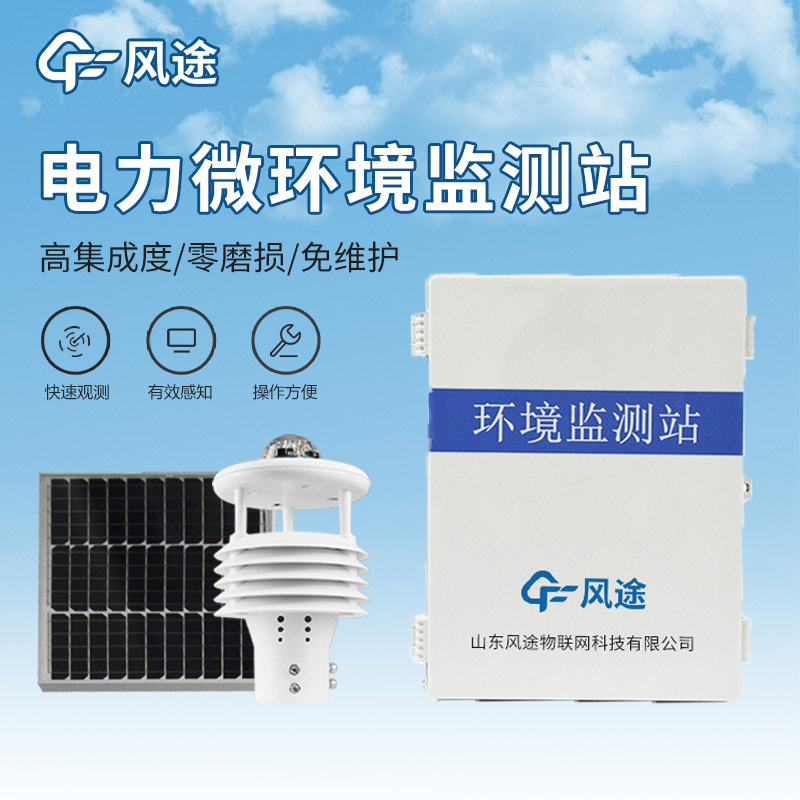Transmission lines have long been exposed to outdoor high altitudes, covering a wide range and passing through diverse terrains such as hills, plains, farmlands, villages, factories, and forest areas. The terrain and meteorological conditions within the corridor are complex, making them vulnerable to natural disasters like storms, floods, and earthquakes. These disasters may cause faults such as tower collapse and wire breakage, leading to power supply interruptions.
Transmission Line Weather Station is a monitoring device specifically designed for the environment where transmission lines are located. It consists of meteorological sensors, a data acquisition and transmission module, a power supply module, etc. It can be installed at key positions such as transmission line towers and can adapt to complex outdoor climate and terrain conditions.
To address the meteorological risks faced by transmission lines, our company's micrometeorological online monitoring device provides an effective solution. The entire set of equipment supports the IoT Sensor Data Specification for Power Transmission and Transformation Equipment. Through meteorological sensors, it comprehensively monitors and collects micro-meteorological environment data at the monitoring points, and can obtain various meteorological elements such as wind speed, wind direction, air temperature, humidity, air pressure, rainfall, and light radiation.
The collected data is transmitted in real-time to the mobile phones or computers in the monitoring center with the help of communication technologies such as 4G network transmission, facilitating relevant personnel to check at any time. The device can conduct real-time monitoring according to preset thresholds, and will send out early warning information in a timely manner when meteorological parameters reach dangerous levels.
This device helps power staff carry out "online inspection" more scientifically and efficiently, enabling them to access and view data analysis anytime and anywhere. By providing key meteorological information, it can not only help power companies grasp the meteorological conditions around transmission lines and predict possible meteorological disasters, but also provide data references for the subsequent design and construction of lines, thereby improving the disaster resistance capability of transmission lines.

Article address:https://www.sqqx.net/en/news/718.html

 +86 15898932201
+86 15898932201



